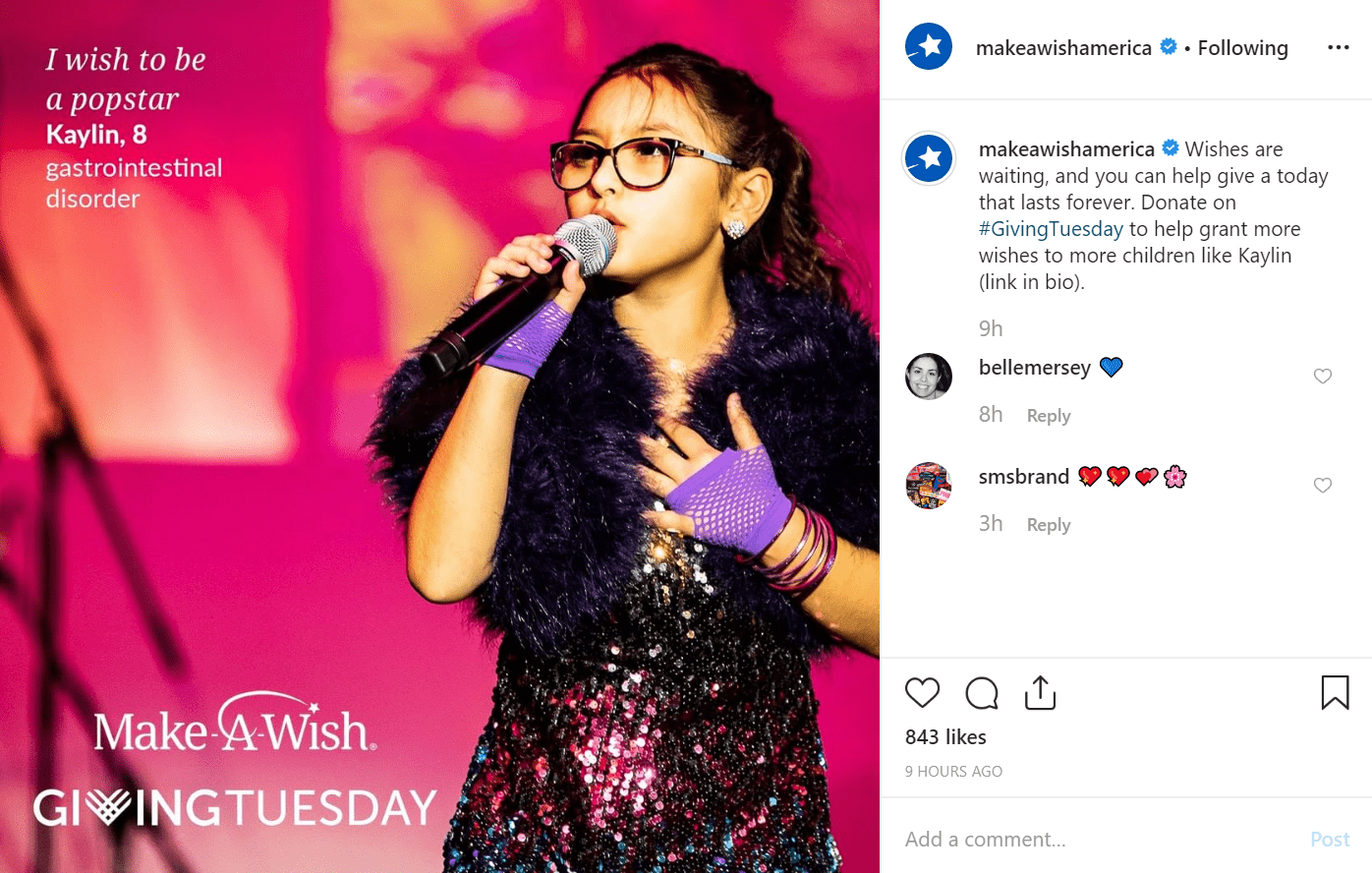“4 in 10 adults, if faced with an unexpected expense of $400, would not be able to cover it or would cover it by selling something or borrowing money.”
- From the Federal Reserve May 2018 “Report on the Well-being of U.S. Households in 2017”
Many families live paycheck to paycheck and don’t have $400 in savings available for an emergency. One missed paycheck or sudden unforeseen expense can cause lasting financial harm and force people into making some very tough decisions. Some of you reading this have been there and know how nerve-wracking and stressful it can be.
Nonprofits also live from month to month. When I speak with nonprofit leaders and ask them if they have enough in the bank to cover unexpected expenses, the reaction is usually silence or nervous laughter. When I inquire what they would do if funding dried up and they had to pay salaries and bills, these leaders don’t have a good answer. They’re simply unprepared for a rainy day.
Navigating A Storm
Think back to 2008 and 2009. Economic downturn. Bubble bursts. Bernie Madoff is arrested and charged. Total giving in 2008 dropped by 7%, from $326.6 billion to $303.8. 2009? Even worse. Total giving dropped a further 6.2% to $284.9 billion.
If you worked for a nonprofit during those two years, you probably remember the stress and anxiety of trying to hit your donation goals.
- Can donors who made promises actually keep them?
- Will foundations scale back their giving?
- Will individual donors, some of whom were losing their homes, even bother to answer our emails/letters/calls?
- What the hell will we do if a major funder completely cuts us off?
- Will we be able to pay salaries this month? Will we have to lay off workers or ask employees to take pay cuts?
- Will we be able to serve our constituents and keep programs open?
When there’s no crisis plan in place, everyone has to scramble. Things may get ugly. And everyone is left with one thought: Why didn’t we prepare for this ahead of time?
Rainy Day Fund
One of my mentors in the nonprofit field gave me this piece of advice many years ago: Put money away each year. For example, in one nonprofit I worked for, we put away approximately 2% of the annual budget. The 2% was NOT from donations (unless specified) but from revenue generating programs the organization operated. We had a firm target in place: at the end of a five year period, the organization would have $70,000 in the bank. The goal was to look ahead a little and know that if the organization hit a rough patch, there would be enough funds money in the bank to help them through.
When a nonprofit is constantly worried about its finances, saving money becomes the least of their priorities. When a Board doesn’t expect the leadership to financially prepare for the future, an economic downturn can sink the thousands of hours an organization has invested in serving the community.
Why is a rainy day fund important? Besides organizational stability, I think that donors can appreciate this type of donation opportunity.
Donors have families and they are acutely aware of the need to save and put aside money for later on. They are being responsible towards themselves, spouse, kids etc. When they see a nonprofit doing the same, i.e. being fiscally responsible and thinking long term, donors relate to that and may feel more comfortable giving.
In fact, the organization I worked for posted this as a donation opportunity. We were happy when donors were willing to give part or all of their donation towards the rainy day fund- donors may not stay with the organization long term and this way their way of investing in the organization’s future.
So for those of you working with nonprofits: When the rainy day comes, does your organization have an umbrella?






